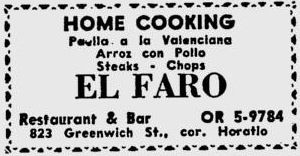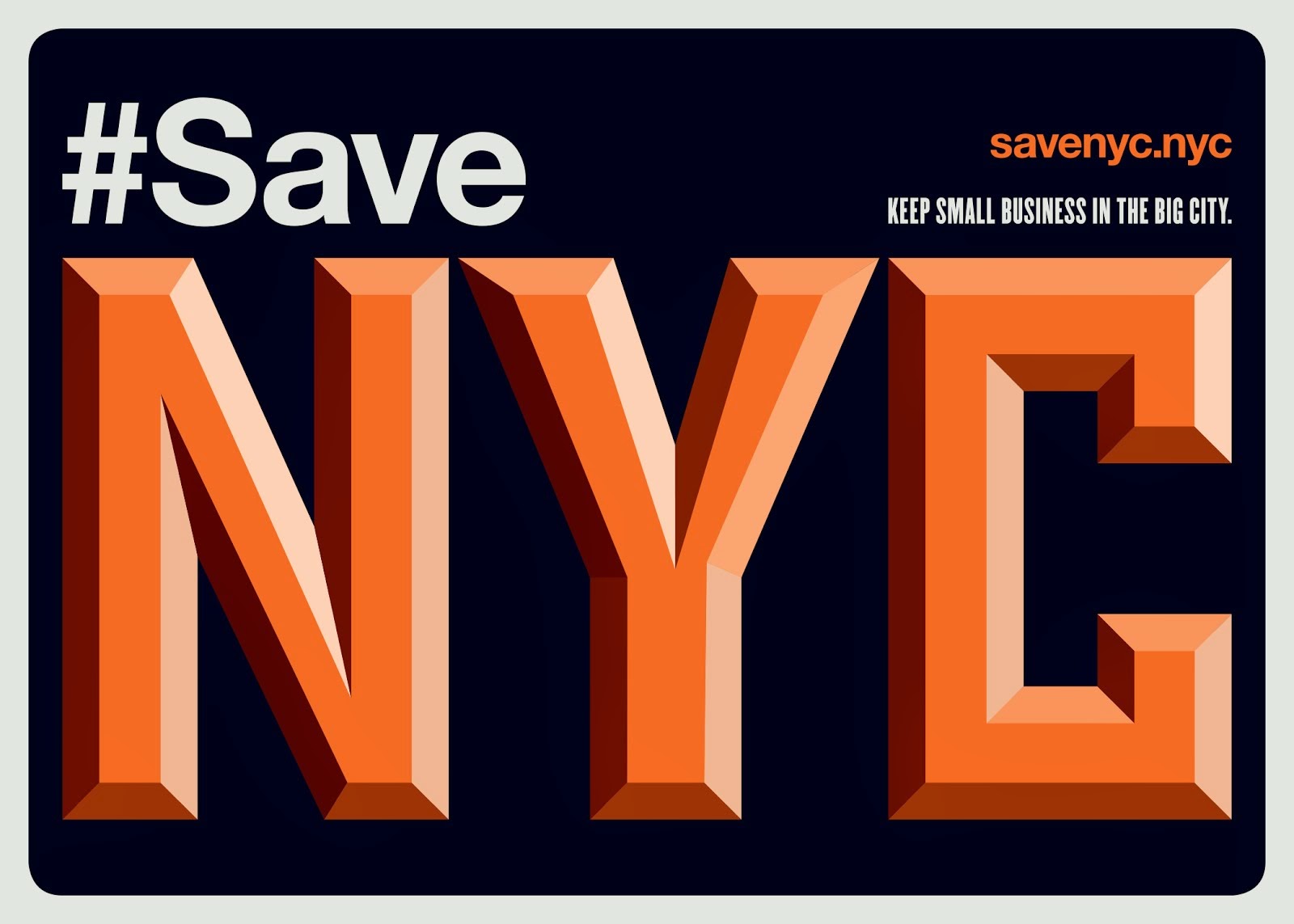At the Jefferson Market Library, down the spiral staircase, in the basement where prisoners once were held for trial, you'll find the Greenwich Village Collection. It is an amazing collection of books, mostly on the Village and all on New York City, that you won't find anywhere else. It's a great place to spend an afternoon or to kill an hour in between other obligations. A brief sampling...
 Nooks and Crannies, by Yeadon, 1979
Nooks and Crannies, by Yeadon, 1979
A guide to New York City of the time. In the East Village chapter, the author begins: "'Surely you're not doing the East Village,' asked a dear friend. 'That neighborhood's gone, it's finished.' His sentiments are shared, I'm sure, by thousands who associate the district with Bowery bums, beatniks, hippies, and a braggadocio lifestyle that rejects societal norms with the singlemindedness of a mainlining addict."
The author walks down St. Mark's to 1st Avenue, past George Proko's Pipe and Tobacco store, through scattered parts of the Italian district, Giuffre's Fish Store, a pierogi maker's shop, Tron's Meat & Poultry, a bread bakery, and Kurowycky Meats. He spends some time at Theatre 80, admiring the miniature Grauman's Chinese display of famous handprints on the sidewalk.
 New York Unexpurgated, by Petronius, 1966
New York Unexpurgated, by Petronius, 1966
An amoral guide, says the cover, for the jaded, tired, evil, non-conforming, corrupt, etc., etc. Writes the author, known only as Petronius, "Yesterday's hot spot is tomorrow's well of loneliness; today's hangover is tonight's shuttered gaiety; and the next Miss Teen America's virginity is anyone's guess."
The book tells you where to find an orgy and how to throw one, how to get admitted into an organized sex cult, and which bars are the best for showing up in drag. Who knew that the men's room at the Harris Theatre on 42nd boasted an award-winning glory hole? It received more citations than any other, including "the always popular Shamrock chain." (Any idea what that means?) The author also provides quite a description of "The New York Dyke" and her hangouts, including the ultra-butch "Sea Colony" bar. (Click the photo to enlarge.)
 The Bowery Man, by Bendiner, 1961
The Bowery Man, by Bendiner, 1961
An exploration of the typical man who made the Bowery his home in 1961: "Psychologists agree that the Bowery men need a place where an effortless going to hell is the accepted way of life. They need a place where no one requires anything of them, where no one ever says 'You can do better.' The institution the Bowery men need is one where everyone agrees: 'Mac, you can't do better.'"
 My Life and Loves in Greenwich Village, Bodenheim, 1954
My Life and Loves in Greenwich Village, Bodenheim, 1954
Stories of Village life by the infamous bohemian Max Bodenheim. He introduces us to nymphomaniacs, "confirmed homosexuals,"
eccentric landlords, offbeat undertakers, gypsies, and many others. In one story, he meets an artist who carries a mysterious black suitcase wherever he goes. Inside are broken pieces of glass--believed to be the shattered remains of his model, "a psychopathic girl...who thought she was made of shatter-proof glass." He carries the suitcase due to "the compulsion neurosis. I can't do it without falling deeper and deeper into the labyrinth of guilt. As long as I have the suitcase with me I feel relieved."
The author visits Hubert's Cafeteria, "the nerve-center of the neurotic Village," and there's a little song that goes along with it, played on a cigar-box ukulele: "In Hubert's Cafeteria -- the girls all suffer from sex-hysteria -- they drink a glass of gin or wine -- and make a dash for Bodenheim."
Poor Hubert's, he writes, was "torn down in the Thirties to make room for a bank building--a prophetic reminder that the Village was fated to go bourgeois and bow to the god of Real Estate." Yes, it happened even then, but less so.
 Greenwich Village: Yesterday and Today, with photos by Berenice Abbott, 1949
Greenwich Village: Yesterday and Today, with photos by Berenice Abbott, 1949
Plenty of Abbott's great photographs, all in the Village, including shots of the old Whitney Museum on 8th Street, artists in alleys, Edward Hopper in his studio, young dancers and writers, Italian restaurants with white tablecloths and men dining alone. I especially liked this sign in the window of a bookshop.























































